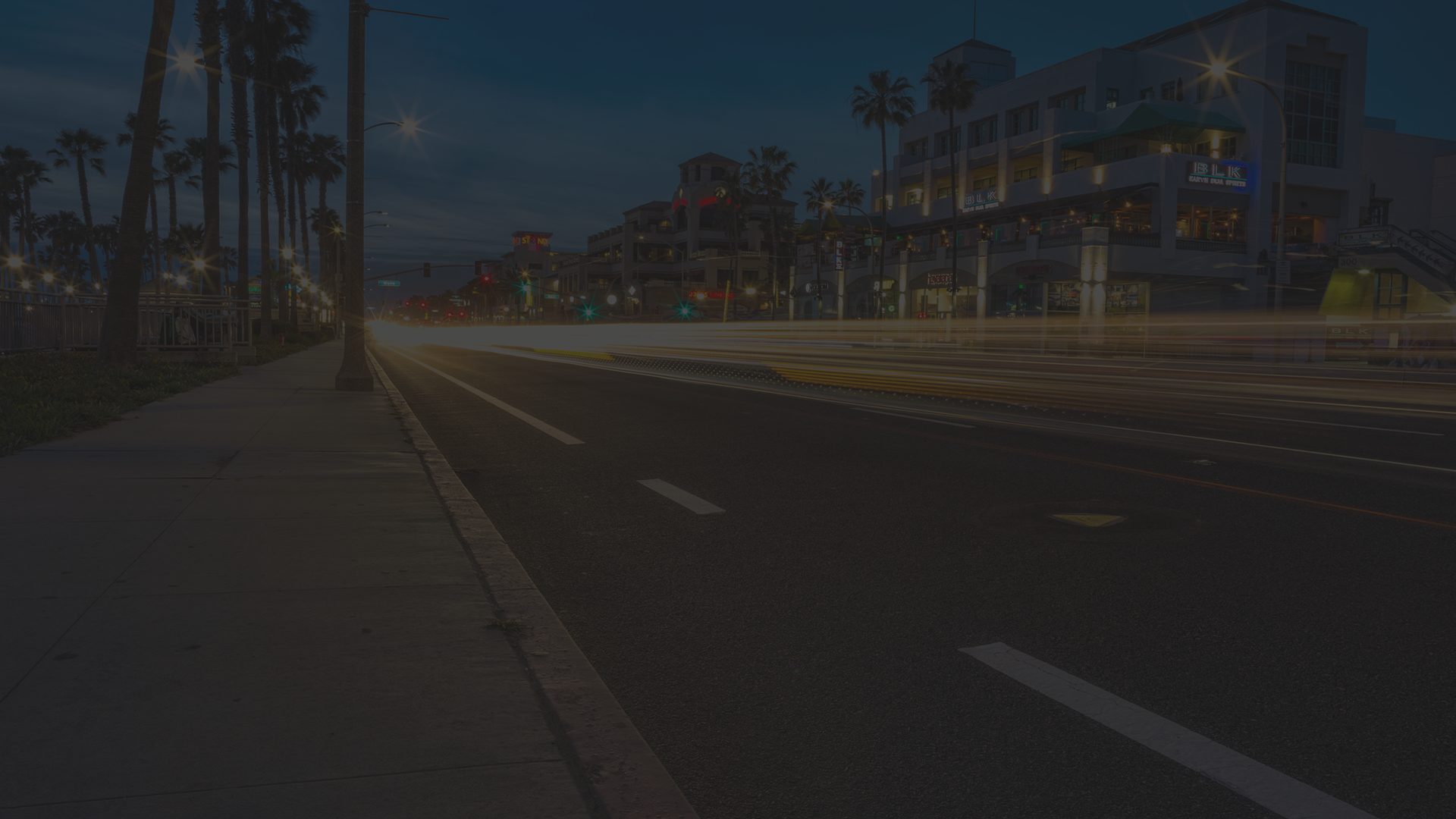Did you know that the most common type of traffic ticket is speeding? A violation of the basic speed law is what most people are usually cited for while driving around town on local streets and highways. These streets have posted speed limits that can carry fines ranging from $250 to $500 depending on how fast someone is driving.
What Is the California Basic Speed Law?
California vehicle code section 22350 states,“No person shall drive a vehicle upon a highway at a speed greater than is reasonable or prudent having due regard for weather, visibility, the traffic on, and the surface and width of, the highway, and in no event at a speed which endangers the safety of persons or property.”
This may seem straightforward, but this statute, when broken down into its essential elements and factors, is quite complicated. Our lawyer explains every part of what California's basic speed law says. Hopefully, you can follow with me as I break it down into its fundamental parts.
A Breakdown of What California's Basic Speed Law Says
“No person shall drive a vehicle upon a highway…”,
California vehicle code sections 670 and 306 give the definitions for vehicle and highway. Simply, a vehicle is anything that will move you down the street, and the highway is any public street. So, do not be thrown by the word “highway” thinking it is only freeways or large roadways.
“…at a speed greater…”
The speed at which one is considered driving, breaks down into two subparts, of which the officer will only need to prove one to get you convicted.
“…than is reasonable or prudent having due regard for weather, visibility, the traffic on, and the surface and width of, the highway…”
A person can drive faster or be required to drive slower than the posted speed limit if that speed is considered to be reasonable or prudent using these four factors.
- Weather, with dry and sunny days being better conditions allowing someone to drive faster, while wet and rainy being poor conditions and a time when someone should drive slower.
- Visibility, clear visibility during the day would be considered suitable for allowing someone to speed up while foggy and rainy conditions at night would probably be regarded as poor conditions forcing someone to drive slow down.
- Traffic conditions on the highway, when driving by themselves with no one else on the roadway, would increase the possibility of going faster than the speed limit. When there are high amounts of condensed traffic, it is reasonable that you would have to go slower.
- Surface and width of the highway, the dimensions and conditions of the roadway are taken into consideration. If a street is wider and well paved, that would be considered better conditions to drive faster than the posted speed limit. If the roads are small and poorly paved would be a reason to drive slower than the posted speed limit.
“…in no event at a speed which endangers the safety of persons or property.”
If you are driving at a speed that could lead to an accident that would harm a person or property no matter how favorable the factors might have been for you to be driving above the posted speed limit, the Court will find you guilty of speeding.
To convict, an office must prove in Court that you were driving a vehicle on a public street at a speed that was either 1) unreasonable for the present driving conditions or 2) endangered people or property.
The California basic speed law, although short compared with other vehicle code statutes, is very intricate and hard to understand fully. If you need help with a speeding ticket, speak with someone who understands the law inside and out, give us a call at RPM Law. We have handled thousands of these cases and have the experience to help you protect your driving record.



